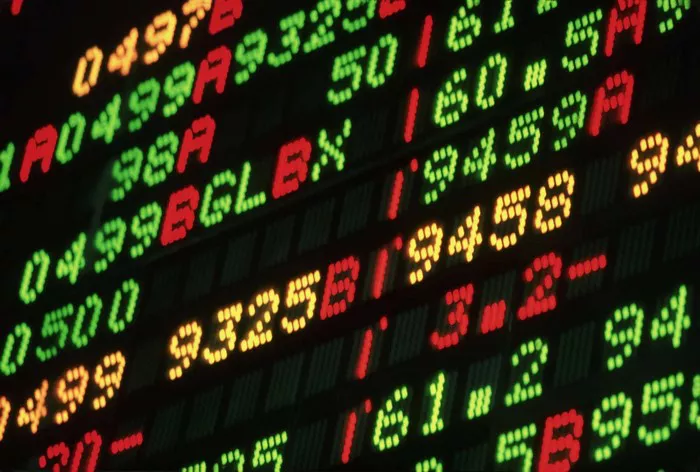Lumber futures play a vital role in the global commodities market, serving as a benchmark for pricing and hedging strategies in the lumber industry. Understanding how to read lumber futures can provide valuable insights into market trends, price volatility, and supply-demand dynamics, enabling traders, investors, and industry participants to make informed decisions. In this article, we explore the fundamentals of lumber futures trading, including key concepts, factors influencing prices, and strategies for interpreting market data.
Understanding Lumber Futures
Lumber futures are financial contracts that obligate the buyer to purchase a specified quantity of lumber at a predetermined price on a future date. These contracts are traded on commodities exchanges such as the Chicago Mercantile Exchange (CME) and provide participants with a means of hedging against price fluctuations and managing risk in the lumber market. Lumber futures are standardized contracts, with each contract representing a specific quantity and grade of lumber, typically measured in board feet.
The price of lumber futures is determined by factors such as supply and demand dynamics, economic conditions, seasonal patterns, weather events, and market sentiment. Traders and investors analyze various fundamental and technical indicators to assess market conditions and make trading decisions. Key indicators include lumber prices, housing starts, construction activity, inventory levels, interest rates, and currency exchange rates.
Factors Influencing Lumber Futures Prices
Several factors influence the price of lumber futures, both in the short term and the long term. Understanding these factors can help traders anticipate price movements and identify trading opportunities in the market. Some of the key factors influencing lumber futures prices include:
1. Supply and Demand Dynamics: The balance between lumber supply and demand is a fundamental driver of prices in the futures market. Factors such as housing construction, remodeling activity, infrastructure projects, and international trade can affect demand for lumber, while factors such as logging restrictions, transportation disruptions, and weather events can impact supply.
2. Economic Conditions: Macroeconomic factors such as GDP growth, employment levels, consumer confidence, and inflation can influence lumber demand and prices. Strong economic growth tends to boost demand for construction materials, driving up lumber prices, while economic downturns or recessions may lead to decreased demand and lower prices.
3. Seasonal Patterns: Lumber prices often exhibit seasonal patterns based on construction activity, weather conditions, and inventory levels. Demand for lumber tends to be higher in the spring and summer months, corresponding to peak construction seasons, while demand may taper off in the fall and winter months. Weather events such as hurricanes, wildfires, and snowstorms can disrupt supply chains and impact prices.
4. Housing Market Trends: The housing market plays a significant role in shaping lumber demand and prices, as lumber is a primary material used in residential construction. Key indicators such as housing starts, building permits, home sales, and mortgage rates can provide insights into future demand for lumber and potential price movements in the futures market.
5. Government Policies and Regulations: Government policies and regulations related to trade, taxation, environmental protection, and land use can influence lumber prices and market dynamics. Tariffs, quotas, subsidies, and trade agreements can impact international trade flows and prices, while regulations governing forestry practices and environmental conservation can affect timber supply and harvesting costs.
Interpreting Market Data and Charts
Technical analysis is a common approach used by traders to interpret market data and charts in the lumber futures market. Technical indicators such as moving averages, trendlines, support and resistance levels, and volume analysis can help identify trends, patterns, and potential reversal points in price movements. Chart patterns such as triangles, flags, and head and shoulders formations can provide valuable signals for trading decisions.
Market sentiment indicators, such as the Commitments of Traders (COT) report, can also provide insights into the positioning of market participants and their expectations for future price movements. The COT report, published by the Commodity Futures Trading Commission (CFTC), provides data on the positions of commercial hedgers, speculators, and small traders in the futures market, allowing traders to gauge market sentiment and identify potential trends.
Risk Management and Trading Strategies
Effective risk management is essential when trading lumber futures, given the inherent volatility and uncertainty in commodity markets. Traders employ various risk management techniques, such as setting stop-loss orders, using options and futures contracts to hedge positions, diversifying portfolios, and managing position sizes to limit potential losses and protect capital.
Different trading strategies can be employed depending on market conditions, trading objectives, and risk tolerance. Some common trading strategies used in the lumber futures market include trend following, mean reversion, breakout trading, and spread trading. Each strategy has its advantages and disadvantages, and traders must carefully evaluate market conditions and execute trades accordingly.
Conclusion
In conclusion, understanding how to read lumber futures involves analyzing market fundamentals, interpreting price data and charts, and employing effective risk management and trading strategies. Lumber futures provide valuable insights into supply and demand dynamics, economic conditions, and market sentiment in the lumber industry, enabling traders, investors, and industry participants to make informed decisions and manage risk effectively.
By staying informed about key market factors, monitoring price movements and technical indicators, and implementing sound risk management practices, traders can navigate the complexities of the lumber futures market and capitalize on trading opportunities. Whether hedging against price fluctuations, speculating on future price movements, or managing portfolio risk, lumber futures offer a versatile and efficient tool for participants to achieve their trading objectives in the commodities market.


